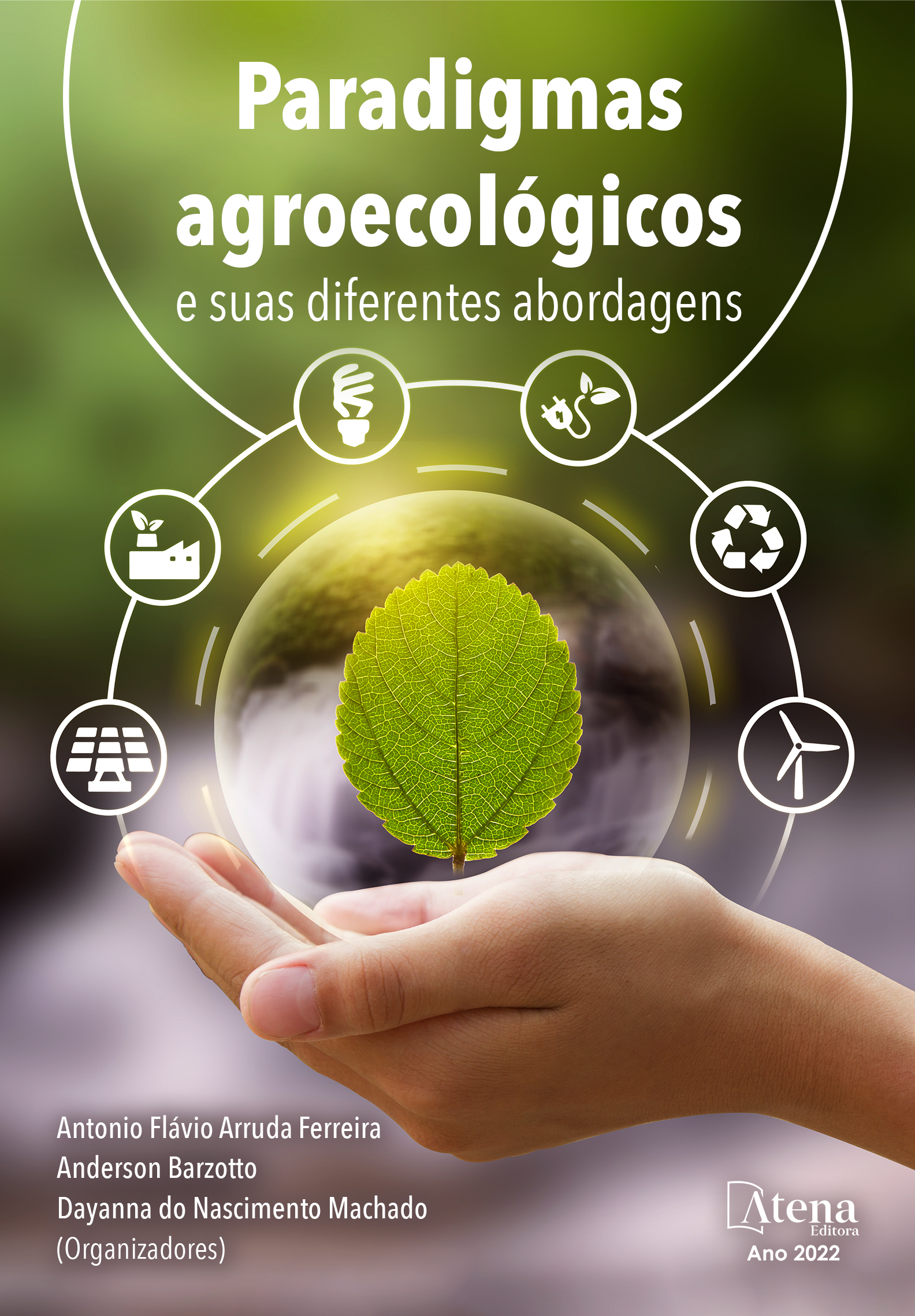
DIAGNÓSTICO AMBIENTAL COMO INSTRUMENTO PARA APLICAÇÃO DE TÉCNICAS AGROECOLÓGICAS NO MUNICÍPIO DE IPANGUAÇU-RN
O município de Ipanguaçu/RN localiza-se na microrregião do Vale do Açu no estado do Rio Grande do Norte, tem uma área de 367,6Km2 e uma população de 13.441 habitantes. Situa-se na bacia do rio Piranhas/Açu e caracteriza-se por um clima semiárido com vegetação de caatinga. Sua economia se baseia na produção de fruticultura irrigada para exportação, pecuária e indústria da cerâmica. Com intuito de prover estimativas quantitativas dos efeitos dos fatores que agem sobre o ambiente, o objetivo da pesquisa foi aplicar métodos e fundamentos teóricos da geotecnologia, para identificar áreas com susceptibilidade à degradação ambiental em Ipanguaçu/RN. Para tanto, a metodologia adotada teve como base o desenvolvimento do índice de susceptibilidade à degradação ambiental, o ISDA, sendo realizada por meio da elaboração do Sistema de Informação Geográfica (SIG). Portanto, apoiando-se nos resultados, conclui-se que o município de Ipanguaçu/RN apresenta níveis de susceptibilidade de médio a forte na região onde predomina a agricultura irrigada. Os níveis mais elevados estão alocados a sudoeste do município (muito forte), região em que predomina as áreas mais favoráveis às práticas agrícolas por encontrar-se em um relevo plano e pouco acidentado, associado ao fato de que é uma área onde se concentra um núcleo máximo de precipitação, assim apresenta um maior poder de degradação por energia cinética, “erosividade”.
DIAGNÓSTICO AMBIENTAL COMO INSTRUMENTO PARA APLICAÇÃO DE TÉCNICAS AGROECOLÓGICAS NO MUNICÍPIO DE IPANGUAÇU-RN
-
DOI: 10.22533/at.ed.7212228013
-
Palavras-chave: Ambiente; SIG; Modelagem Ambiental.
-
Keywords: Environment; GIS; Environmental Modeling.
-
Abstract:
The municipality of Ipanguacu-RN located in the micro Acu Valley in the state of Rio Grande do Norte, has an area of 367.6 km2 and a population of 13,441 inhabitants. It lies in the river basin Piranhas/Acu, is characterized by a semiarid climate, caatinga vegetation. Its economy is dependent on natural resources, such as production of irrigated horticulture for export, livestock and industrial ceramics. Aiming to provide quantitative estimates of the effects of the factors acting on the environment, the objective was to apply methods and theoretical foundations of geotechnology, to identify areas susceptible to environmental degradation in Ipanguacu-RN. For both, the methodology was the development of the index of susceptibility to environmental degradation, the ISDA, be conducted through the development of Geographic Information System (GIS). Therefore, relying on results showed that the municipality of Ipanguacu-RN presents levels of susceptibility medium to strong in the region where irrigated agriculture predominates. The highest levels are located southwest of the city (very strong), region that has the most favorable agricultural practices by lying on a flat terrain and little bumpy, associated with the fact that it is an area where a core focuses of maximum precipitation, thus presents a greater power degradation kinetic energy, "erosivity".
-
Número de páginas: 11
- Fernando Moreira da Silva
- Henrique Roque Dantas
- Ana Mônica de Britto Costa


